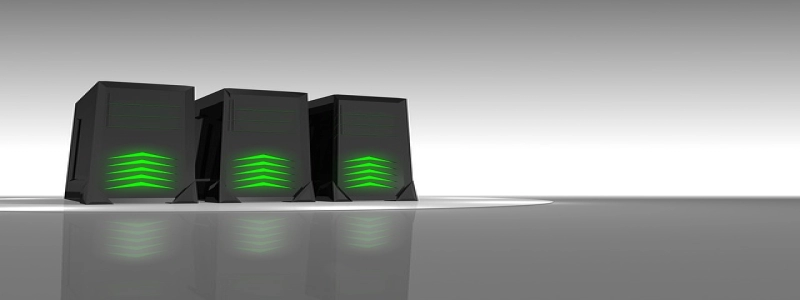Ethernet Cabinet
소개
Ethernet cabinets play a crucial role in telecommunication networks by providing a secure and organized environment for network equipment. In this article, we will explore the various aspects of Ethernet cabinets, including their purpose, components, and installation.
나. Purpose of Ethernet Cabinets
Ethernet cabinets are primarily used to house and protect networking equipment, such as servers, 라우터, 스위치, and patch panels. They provide a centralized location for these devices, making it easier for network administrators to manage and maintain the network infrastructure. The main purpose of Ethernet cabinets is to ensure the safety and security of the equipment, preventing unauthorized access and protecting it from dust, moisture, and other external factors.
II. Components of Ethernet Cabinets
Ethernet cabinets consist of several essential components that contribute to their functionality and effectiveness. These components include:
1. Enclosure: The enclosure is the main body of the Ethernet cabinet. It is usually made of metal, providing durability and resistance to physical damage. The enclosure is designed with ventilation slots to allow for proper airflow and heat dissipation.
2. Doors and Locks: Ethernet cabinets are equipped with front and rear doors that provide easy access to the equipment inside. The doors are often lockable to ensure that only authorized personnel can gain entry.
3. Shelves and Rails: Shelves and rails are used to hold and organize the network equipment within the cabinet. They can be adjustable, allowing for flexibility in accommodating different sizes and types of devices.
4. Cable Management: Ethernet cabinets are designed with cable management features, such as cable trays, loops, and ties, to ensure neat and organized routing of cables. This helps in reducing cable clutter and simplifying maintenance and troubleshooting tasks.
5. Cooling Systems: Networking equipment generates heat, so Ethernet cabinets are equipped with cooling systems, such as fans or air conditioning units, to maintain optimal operating temperatures. Adequate cooling is essential for preventing overheating and ensuring the longevity of the equipment.
6. Power Distribution: Ethernet cabinets are equipped with power distribution units (PDUs) that supply power to the network devices. PDUs often have surge protection features to safeguard the equipment from sudden power surges or outages.
III. Installation of Ethernet Cabinets
When installing an Ethernet cabinet, several factors need to be considered. These include:
1. Location: The cabinet should be placed in a secure and well-ventilated area to ensure proper airflow and prevent unauthorized access. It is essential to choose a location with easy access for maintenance and troubleshooting purposes.
2. Power Requirements: The power supply should be sufficient to handle the power demand of the networking equipment inside the cabinet. It is recommended to use a dedicated power circuit to avoid overloading.
3. Connectivity: The cabinet should be strategically located near network access points to minimize the length of network cables and optimize network performance.
4. Grounding: Proper grounding is crucial to prevent electrical hazards and ensure the safety of the equipment and personnel. The cabinet should be grounded according to electrical regulations and guidelines.
결론
Ethernet cabinets provide a secure and organized solution for housing networking equipment. By understanding their purpose, components, and installation considerations, network administrators can effectively manage and protect their network infrastructure. Ethernet cabinets offer a reliable and convenient way to organize and maintain the complex systems that keep our modern communication networks running smoothly.







